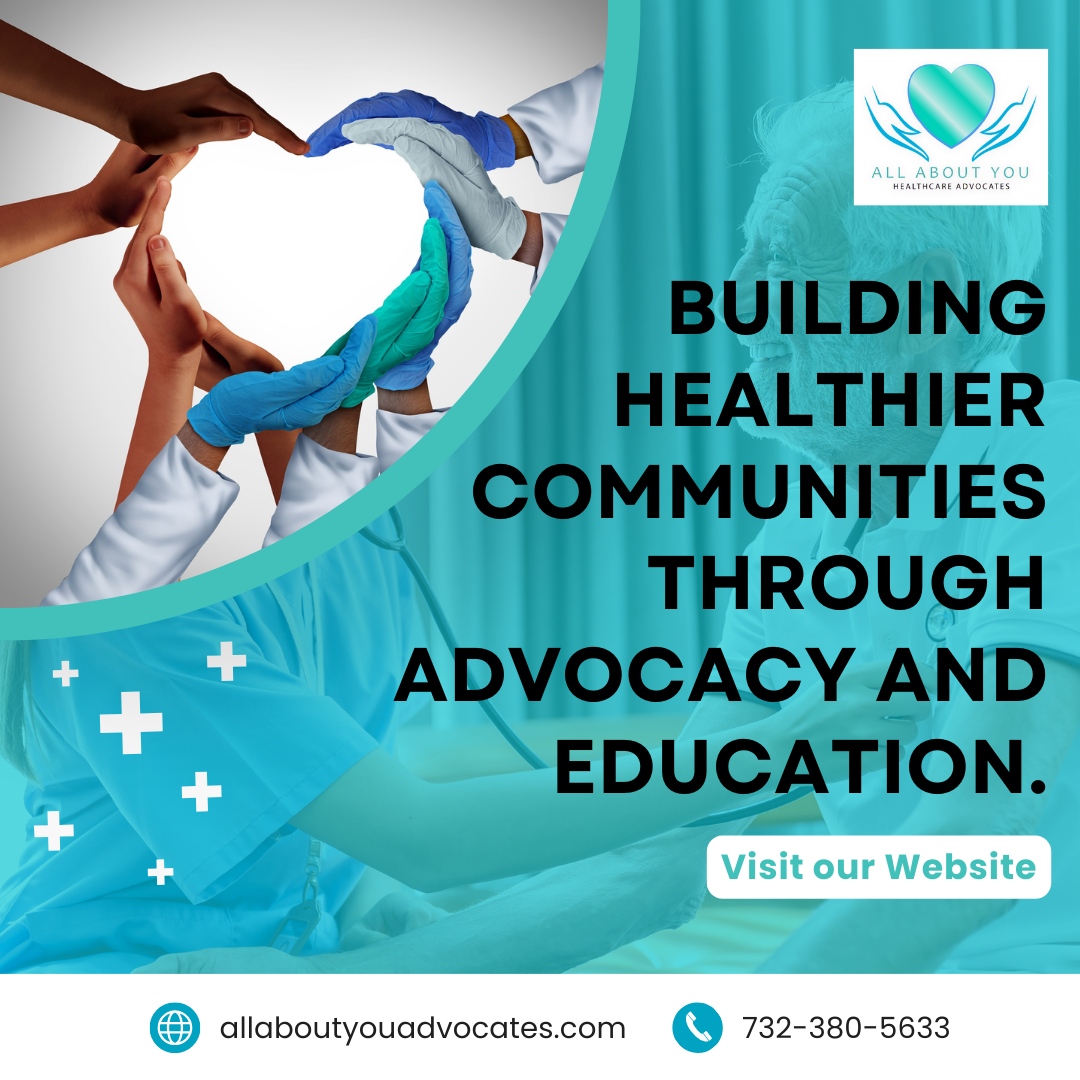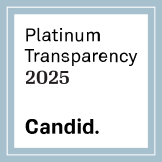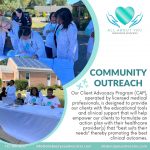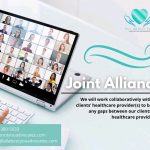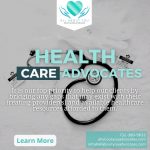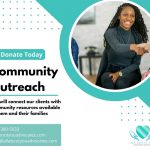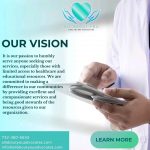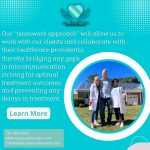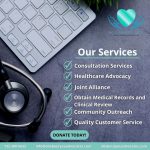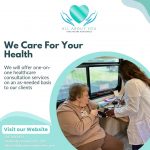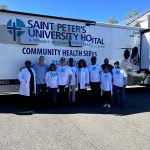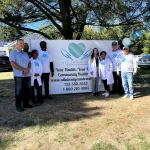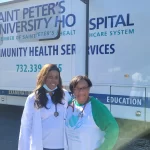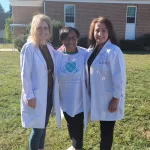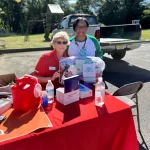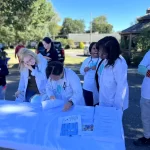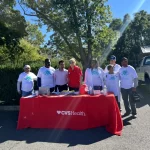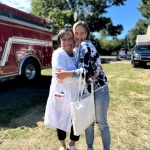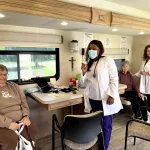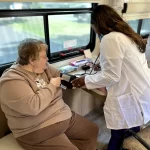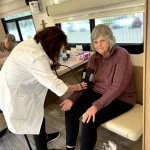What is Health Literacy?
According to the Centers for Disease Control and Prevention (CDC), health literacy is defined in two ways depending on the perspective. Personal health literacy is the degree to which individuals can find, understand, and use information and services to inform health-related actions. On the other hand, organizational health literacy is how organizations can enable personal health literacy for individuals.
Why is it Important?
According to the Center for Health Care Strategies, nearly nine out of ten adults struggle with health literacy in the United States. This creates problems and challenges for adults accessing healthcare, potentially worsening health outcomes.
The impact of low Health Literacy
Low health literacy could lead to a range of negative health outcomes such as:
1. Following medical instructions, leading to improper use and potential risks.
2. Understanding medical conditions and treatments, thus affecting their ability to make informed decisions.
3. Navigating the healthcare system, including difficulties with insurance and finding proper care.
What causes limited health literacy?
Many factors, such as age, education, race and ethnicity, language, health insurance, and physical and mental limitations, create barriers to health literacy.
For example, here in New Jersey in 2019, approximately 195,000 undocumented immigrants aged 5 and older lived without speaking English at all, according to the Migration Policy Institute. This could have prevented them from fully understanding medical treatments and instructions, potentially resulting in inefficient medical diagnosis and treatment. Another example is the inability to fully understand and navigate the complex health coverage system in the United States, for it can be overwhelming and complicated.
How can we improve health literacy?
Enhancing health literacy requires a multi-faceted approach and utilization of several strategies including:
1. Simplifying communication by using plain language, visual aids and presentations, and interpreters can help bridge the gap for those who struggle with complex medical terms or language barriers.
2. Community health education can empower individuals by providing essential knowledge about health and the healthcare system.
3. Advocating for policies that consider health literacy improvements can lead to broader systematic changes, such as better labeling of medications, more accessible and visual patient instructions, and integrating health literacy into the education curriculum.
The role of technology in Health Literacy:
Advances in technology can provide innovative solutions to improve health literacy. Camera applications can be used to describe medications, medical instructions, and health conditions. Furthermore, voice-assisted apps can aid those with reading difficulties or vision impairments.
Conclusion:
Improving health literacy is crucial for enabling individuals to make informed decisions, reduce health risks, and enhance the efficiency of healthcare systems. At All About You Healthcare Advocates, we recognize the critical importance of health literacy and are committed to improving it among our communities here in New Jersey. Our mission is to empower individuals with the knowledge and resources they need to navigate the healthcare system confidently and effectively.
References:
Centers for Disease Control and Prevention. (n.d.). What is health literacy? Centers for Disease Control and Prevention. https://www.cdc.gov/health-literacy/php/about/index.html
Health Literacy Fact Sheets. Center for Health Care Strategies. (2024, May 20). https://www.chcs.org/resource/health-literacy-fact-sheets/
Profile of the unauthorized population – NJ. migrationpolicy.org. (2024, July 1). https://www.migrationpolicy.org/data/unauthorized-immigrant-population/state/NJ
Author: Dr. Omar Maksousa

